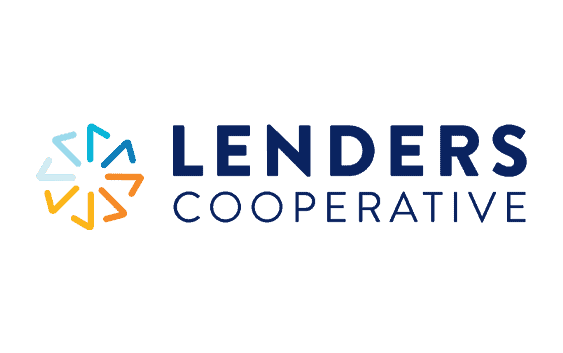
The Big Opportunity in Small Business Lending
Brought to you by Lenders Cooperative

In the years following the financial crisis of 2007-08, bank lending to small businesses slowed considerably, due in large part to the economic fallout and new financial regulations. At the same time, nonbank lenders began to rapidly fill the small business lending void left by banks struggling with their own risk appetites and new regulations.
According to recent research, 32% of small businesses applying for loans today do so through nonbank lenders, up from 24% reported in 2017. This data seems to suggest a significant and accelerating shift in how small businesses seek access to capital. It also highlights a significant opportunity for today’s community banks to retake small business lending market share.
Bankers are risk managers by nature, which often leads them to shy away from small business lending that is sometimes seen as riskier, especially in times of economic stress. Community banks may also lack the proper technology to efficiently process these transactions and achieve the necessary return on investment. Banks are cash flow lenders; for the most part, they prefer to spread financial statements similarly to as they do with their larger, more profitable CRE loans. This entails extracting and organizing data from borrowers’ financial statements and tax documents into a bank’s overall financial analysis system, which enables the institution to make better, more accurate credit decisions and identify risks.
However, spreading financials on small dollar business loans drastically reduces or eliminates profits. Moreover, most banks lack adequate credit data for their small business customers. Many banks hesitate to lend based solely on information from FICO or FICO Small Business Scoring Service , as they sometimes do not accurately assess business risk or repayment ability.
In response, small businesses have increasingly turned to nonbank lenders that provide a frictionless experience with end-to-end technology. Additionally, this robust technology also tends to provide a better customer experience and a much faster loan approval process.
Some nonbank lenders have also leveraged new or alternative data and scored loan models. This allows them to serve many previously marginalized or ignored business owners. Luckily, today’s community banks can leverage similar models and help expand financial access for many underserved borrowers in their local communities, reaching untapped markets while still properly managing risk.
With over 33 million small businesses in the United States, there is a tremendous opportunity for community banks to take back market share and capitalize on their relationship business model. Bankers should evaluate modern lending platforms that support an end-to-end process to optimize efficiencies and provide a positive customer experience – and do so cost effectively. Additionally, data and scoring models that are designed to support small dollar lending provide community banks with an opportunity to quickly expand their small business lending portfolio while meeting customer needs and mitigating risk.
Community banks are perfectly positioned to leverage their relationship business model and grow small business lending. Small business owners should have the choice of working directly with their local bank. Small business lending provides community bankers with a new revenue opportunity, a diversified loan portfolio and access to additional deposits. As nonbanks continue to disrupt small business lending, it is essential for bankers to modernize their small business lending technology and strategies to capitalize on this untapped market.


